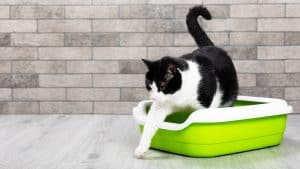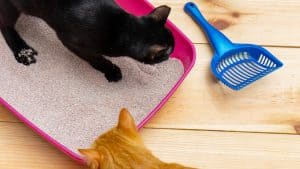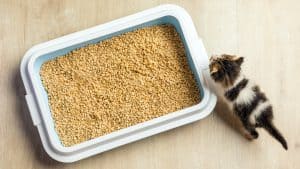You've probably heard of mushrooms growing in the wild or maybe even in your backyard. But mushrooms growing in the litter box? That's an entirely different story.
It might leave you scratching your head, wondering why this is happening and what to do about it.
Are these mysterious fungi a sign of trouble or simply a harmless occurrence? Understanding the why and the what next can put you back in control.
In this article, we uncover the reasons behind this peculiar growth and guide you through simple steps to handle this situation.
We equip you with the knowledge to maintain a clean, safe litter box area, giving you peace of mind.
Why Mushrooms Grow in Litter Boxes
The surprising emergence of mushrooms in a litter box can be quite a spectacle, and believe it or not, it's no magic – there’s science behind it!

This phenomenon boils down to two main truths that create the perfect storm for these mushrooms to appear in such an unexpected place.
Spores
Mushrooms are a type of fungi that reproduce by releasing tiny spores into the air. These spores are everywhere around us, even in our homes.
When they land in a suitable environment, they start to grow.
Litter boxes, as it turns out, are a prime location for spore growth due to their damp and nutrient-rich contents.
With access to these rich sources of nutrients, spores quickly take advantage of the situation and become a flourishing fungal colony.
Fungi
Fungi typically thrive in dark, warm, and moist conditions, just like those found inside a litter box.
When a spore lands on a suitable surface, such as damp litter, it begins to grow and spread thin threads called mycelium.
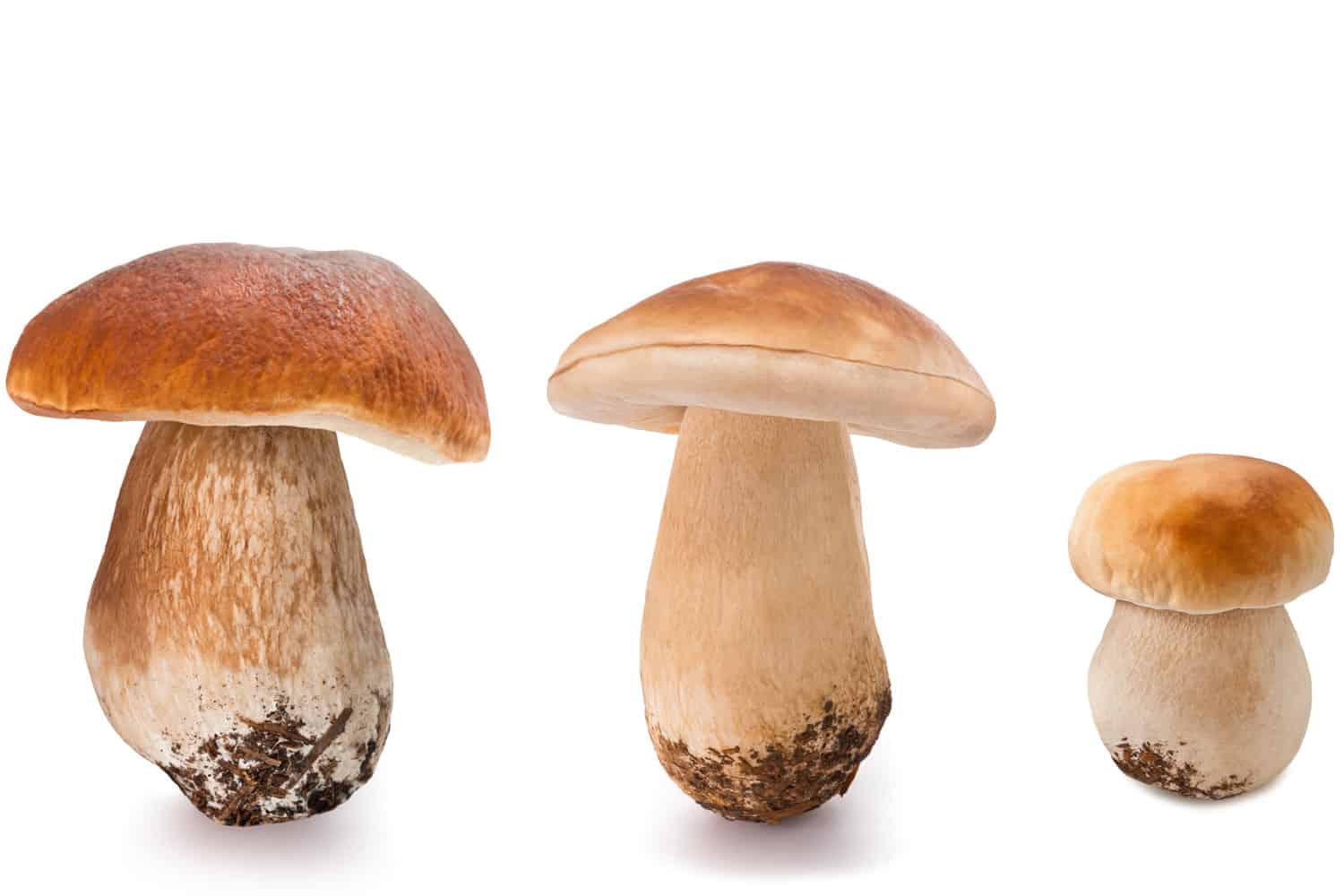
This network of mycelium consumes the decaying organic matter, converting it into energy for the fungi.
As the mycelium spreads, it eventually forms a mushroom – the fruiting body of the fungus. This is the visible part sprouting in your cat's litter box.
The mushroom's role is to release more spores, allowing the fungi to continue their lifecycle and spread even further.
Factors Encouraging Growth
To understand more why mushrooms pop up in unusual spots like litter boxes and how to handle them, let's explore each condition that fosters their growth.
Moisture and Watering
Mushrooms thrive in moist environments.
You've likely noticed their presence on damp forest floors, and the same principle applies inside your litter box.
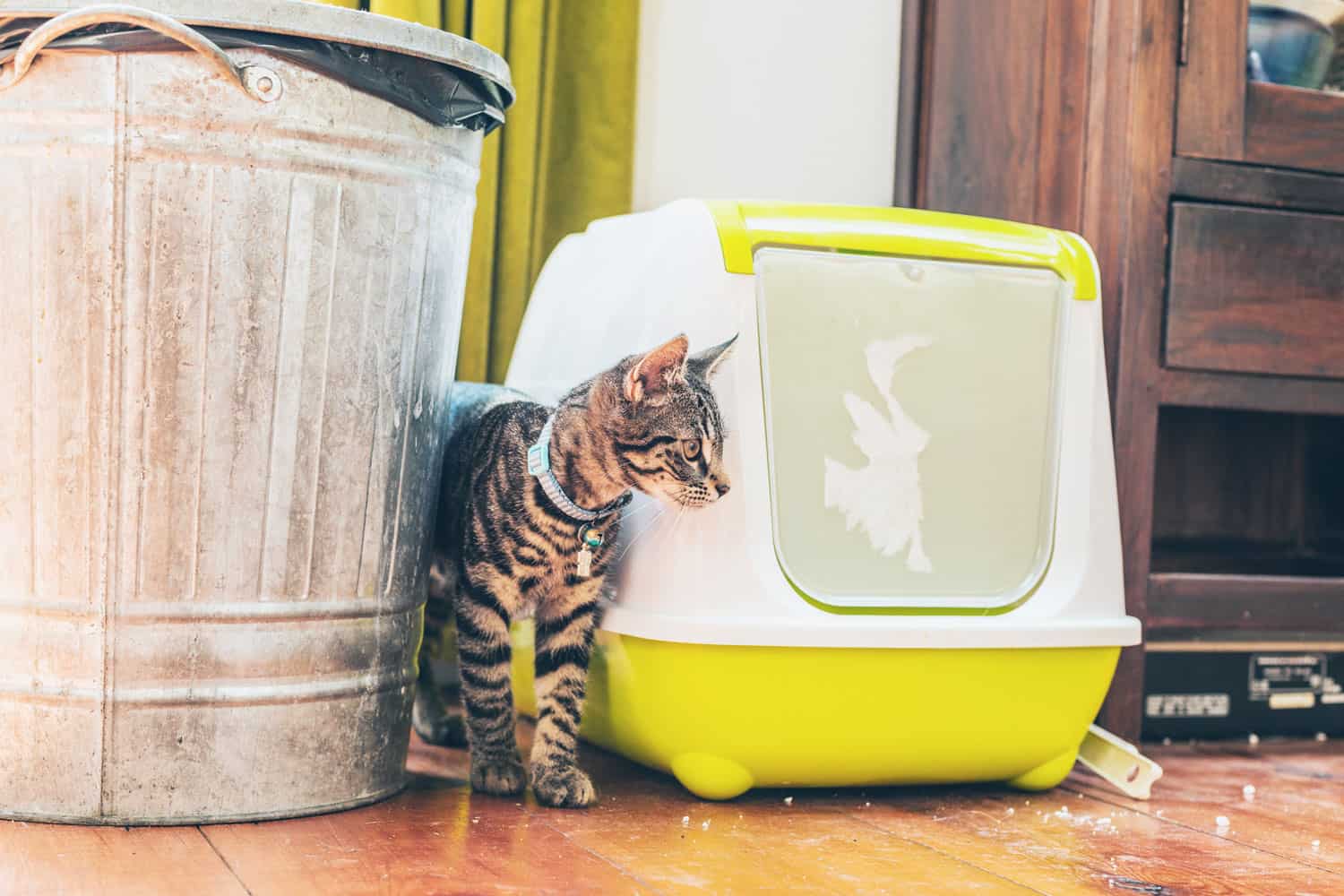
If your litter box maintains a high moisture level, it creates the perfect conditions for growing mushrooms.
Be mindful of how much water you're adding to the litter, and consider reducing the amount or frequency if mushrooms keep appearing.
Organic Material and Decomposition
Organic material in your litter box may also encourage mushroom growth.
This can include leftover food, discarded fur, feces, urine, or even the compost used in the litter itself.
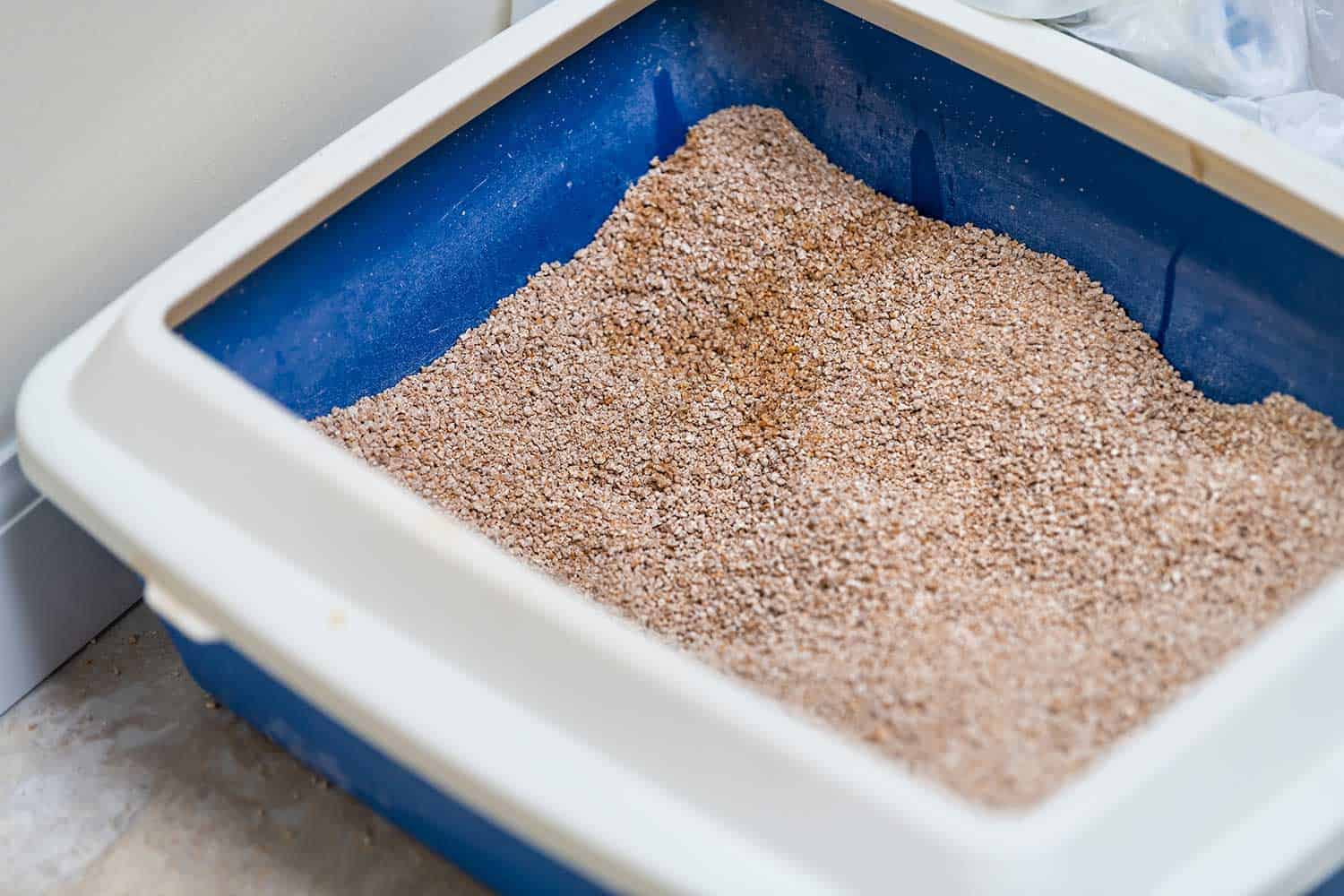
As these materials decompose, they release nutrients that fungi, like mushrooms, can feed on.
Properly managing the waste in your litter box, such as frequent cleaning and disposal of decomposed materials, can help prevent mushroom growth.
Temperature and Climate
Temperature is another critical factor in mushroom growth. Generally speaking, fungi prefer warm and humid conditions.
If your litter box is located in an area with warmer temperatures and increased humidity, it may provide the perfect environment for mushrooms to grow.
When possible, try to maintain a climate-controlled environment and avoid placing the litter box in areas with high humidity levels.
Light and Shade
While mushrooms don't require sunlight for photosynthesis like other plants, they grow best in areas that receive partial shade.
If your litter box is positioned in an area with ample shade, this could contribute to the ideal conditions for mushroom growth.
Consider relocating your litter box to a location with more natural light or, if this is not feasible, periodically change the litter to prevent moisture from accumulating.
Potential Dangers
When you spot mushrooms growing in your cat's litter box, it's crucial to understand the potential dangers they pose.
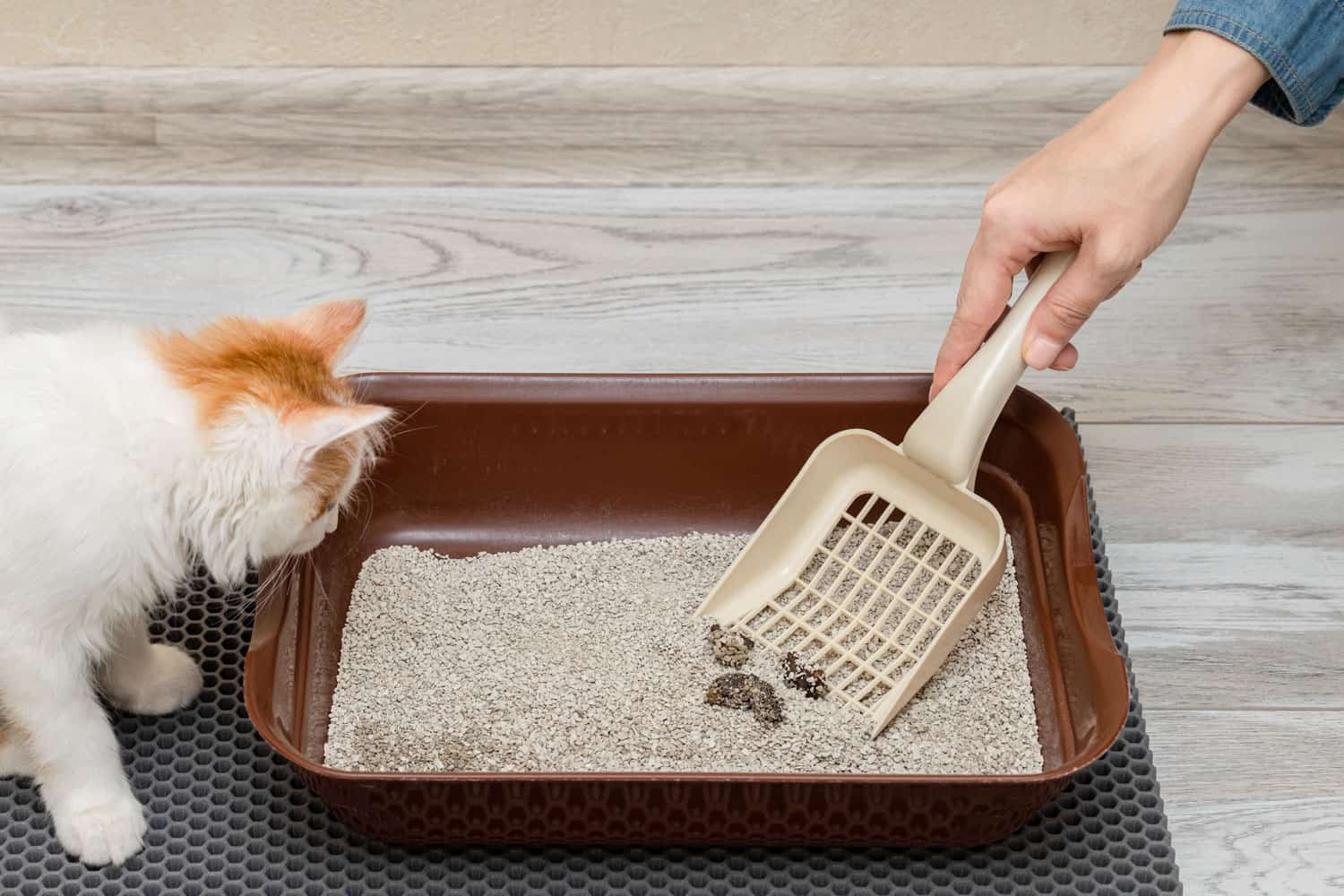
There are different risks associated with mushrooms and their impact on your feline friend.
Poisonous Mushrooms
Not all mushrooms are created equal. Some can be highly poisonous to your pets.
While it might be rare for toxic mushrooms to grow in a litter box, you can't rule out the possibility.
If your cat ingests a toxic mushroom, it could lead to severe health issues or even death.
Be cautious and remove any mushrooms growing in the litter box as soon as you spot them.
Mold and Bacteria
Mushrooms thrive in damp and humid environments, which could indicate an underlying issue with mold and bacteria in your cat's litter box.
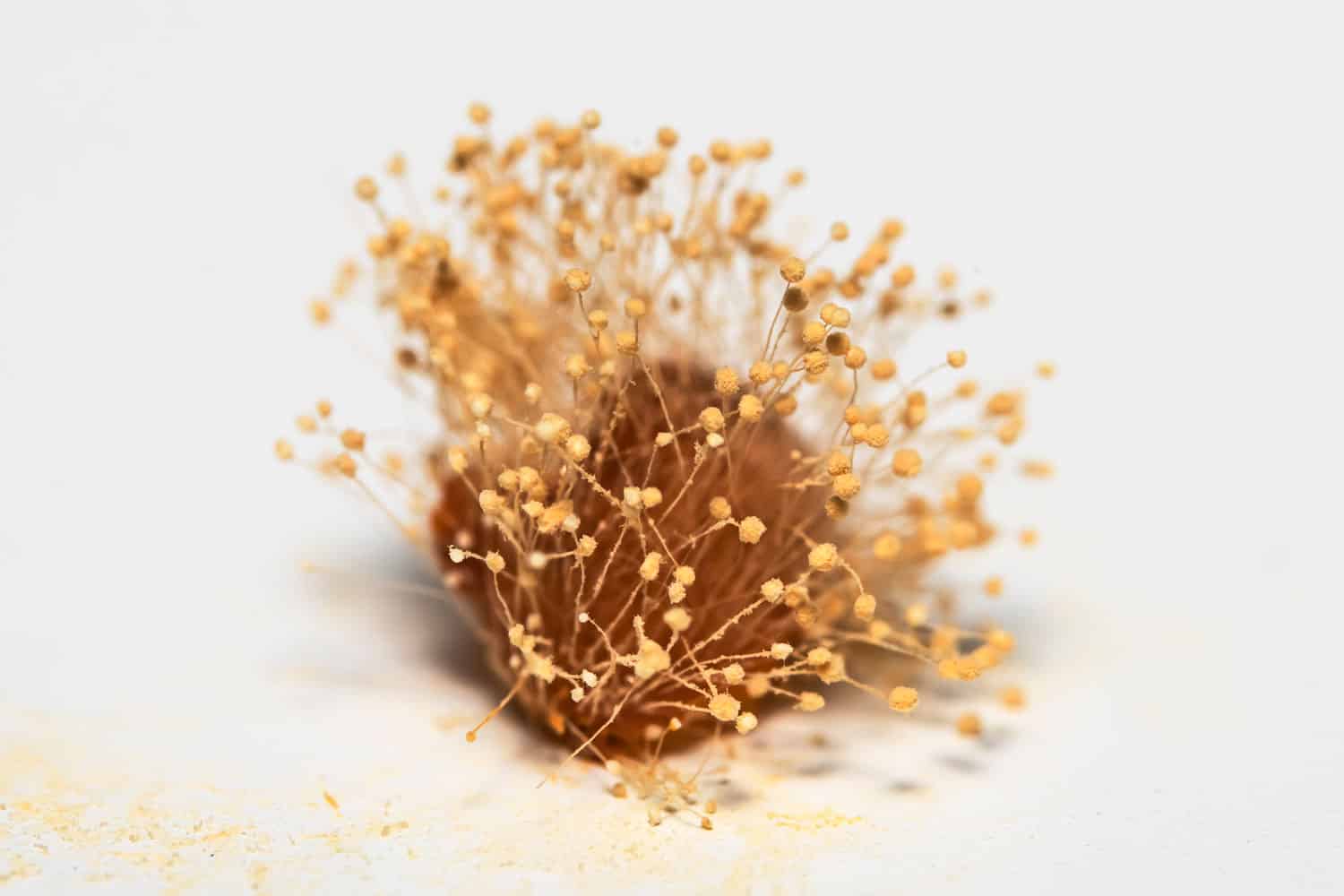
Mold and bacteria, like Aspergillus and E. coli, can cause severe respiratory problems and cat infections.
Keep an eye on your pet's health and watch for any signs of discomfort or illness.
Pet Health Risks
Besides the poisonous mushrooms and potential mold or bacteria, there are other health risks associated with mushrooms growing in the litter box.
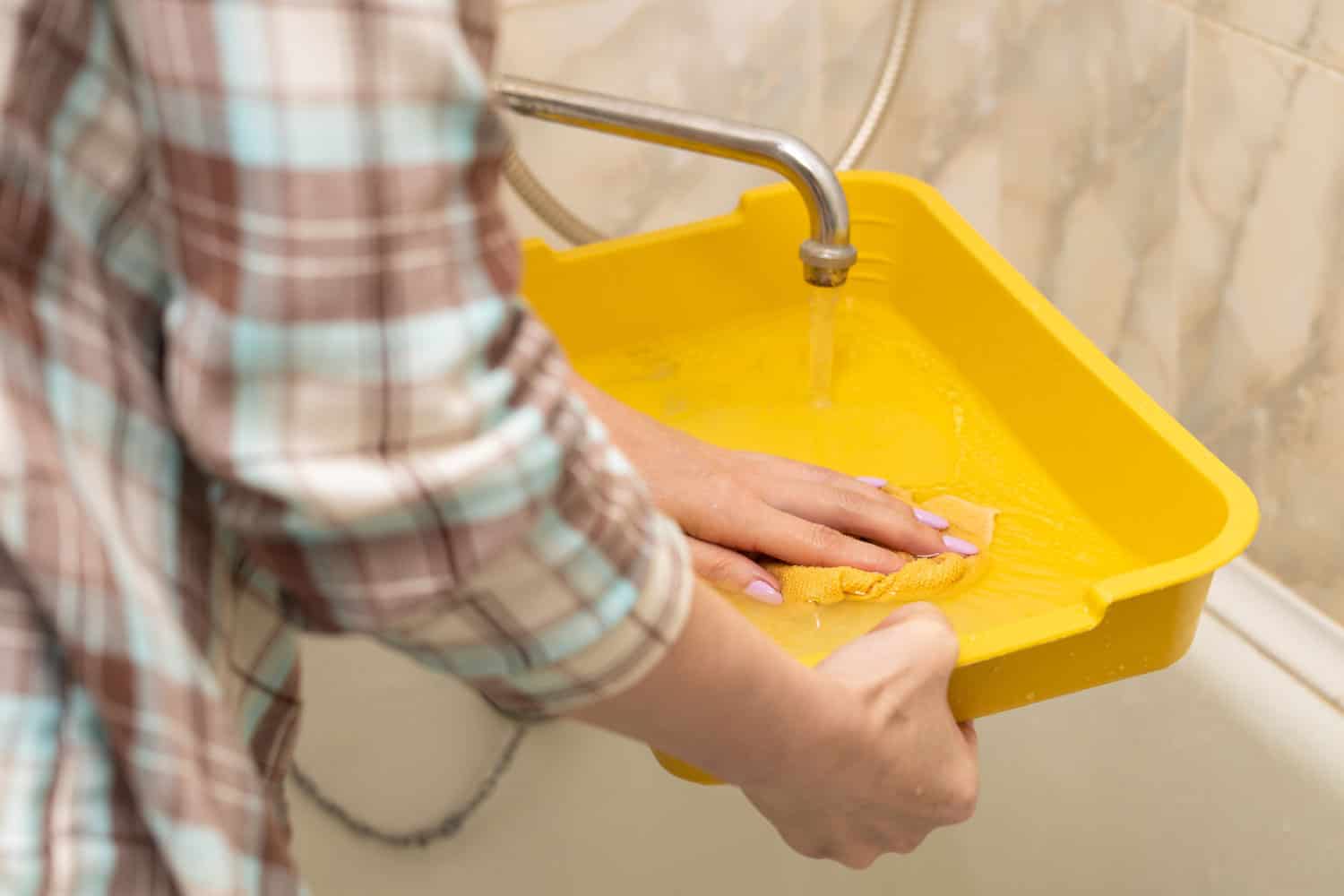
If the litter isn't changed frequently, it becomes a breeding ground for harmful microorganisms.
This may lead to parasites, skin irritations, and other infections in your beloved cat.
Removing Mushrooms Safely
Now, we will explore how to safely remove them and keep your furry friend's litter box clean and fungus-free.
Manual Removal
One of the simplest methods is to manually remove the mushrooms from your litter box. Make sure you put on a pair of gloves to protect your hands.
Click here to see this box of gloves on Amazon.
Gently pick the mushrooms, ensuring you remove the entire organism, including the roots.
Dispose of the mushrooms in a sealed bag, and then thoroughly clean the litter box with hot water and soap.
Click here to see this box of sealed garbage bags on Amazon.
Click here to see this liquid soap on Amazon.
Finally, refill the box with fresh litter and ensure proper ventilation to prevent further growth.
Click here to see this cat litter on Amazon.
Using Organic Fungicides
Organic fungicides, like neem oil, can be an effective solution to eliminate mushrooms.
Click here to see this neem oil on Amazon.
Simply mix a small amount of neem oil with water as per the instructions on the label and spray it on the affected area.
Be sure to remove your cat from the area while applying the fungicide, and allow the litter box to dry before reintroducing your pet.
Neem oil is a safe and eco-friendly option trusted by many gardeners and pet owners.
Household Remedies
You might be surprised to learn that common household items like dish soap, vinegar, and baking soda can help address mushroom growth in litter boxes.
Here's how to use them:
Dish Soap
Mix a few drops of dish soap with water and use a spray bottle to apply the solution to the mushrooms.
Click here to see this dish soap on Amazon.
This will break down their cellular structure, making them easier to remove.
Remember to rinse the litter box thoroughly after removing the mushrooms and before refilling it.
Vinegar
Create a solution of equal parts water and white vinegar to spray on the affected area. The acetic acid in vinegar works to eliminate the mushrooms.
Click here to see this white vinegar on Amazon.
Let the solution sit for 10 minutes before wiping it away, and don't forget to rinse and dry the litter box afterward.
Baking Soda
Combine a tablespoon of baking soda with a quart of warm water, and use a sponge or brush to scrub away the mushrooms.
Click here to see this baking soda on Amazon.
The baking soda’s mild abrasive qualities will help to remove unwanted fungi. Rinse the box thoroughly and let it air dry before refilling it.
Maintaining a Fungus-Free Litter Box
Understanding the cause of this mushroom sprouting phenomenon and taking appropriate action is key.
Lower humidity levels and enhance ventilation to deter mushroom growth, and consider a dehumidifier if needed.
Regular litter box cleaning and using quality, low-dust cat litter contribute to a healthier environment.
Inspect the litter box area for mold and moisture regularly. Should you spot any, address the issue promptly to keep mushrooms away.
Always prioritize your pet's safety, and contact your vet if any health or behavior changes arise.
With proper care, you can tackle the mushroom issue head-on, ensuring a clean, healthy space for you and your pet. Happy pet parenting!
Take a look at the articles below for some insightful ideas








